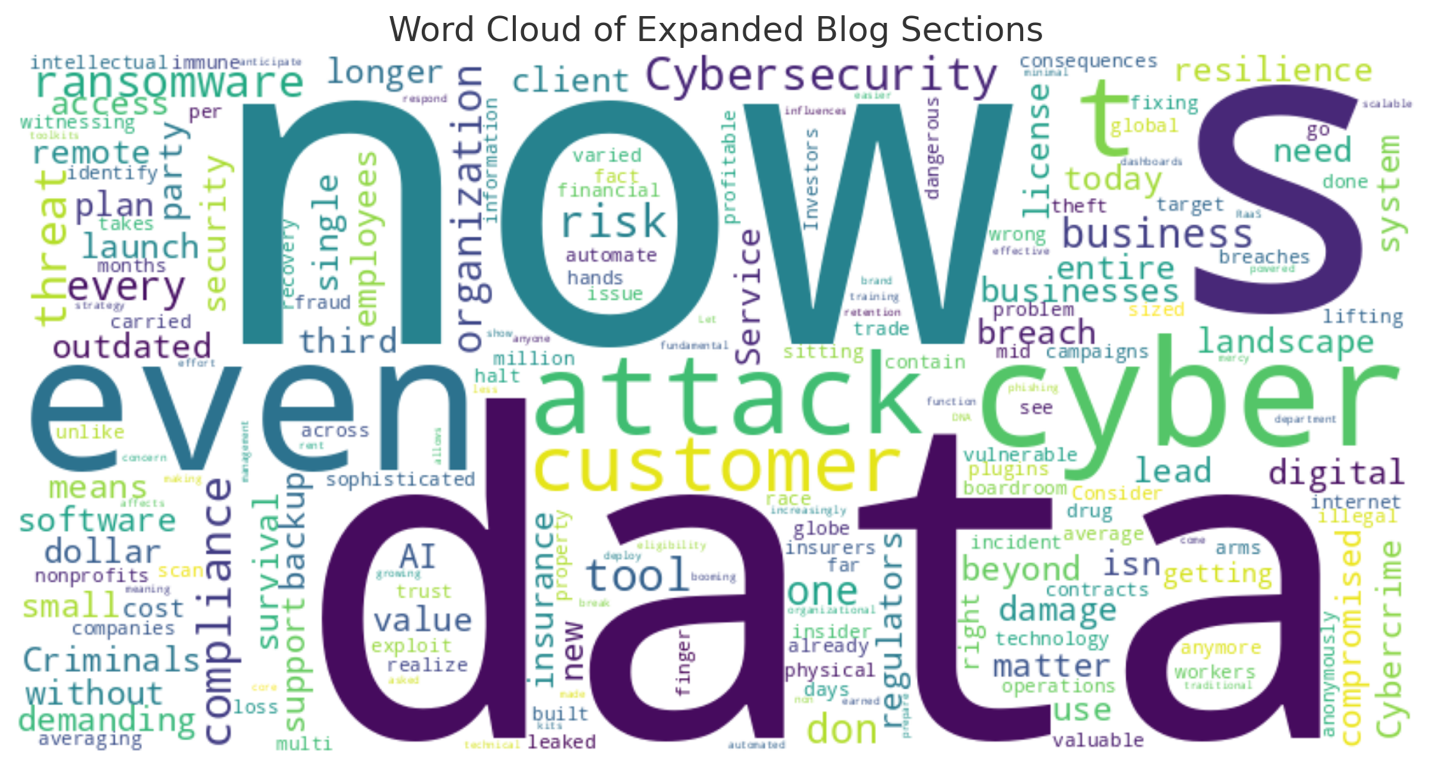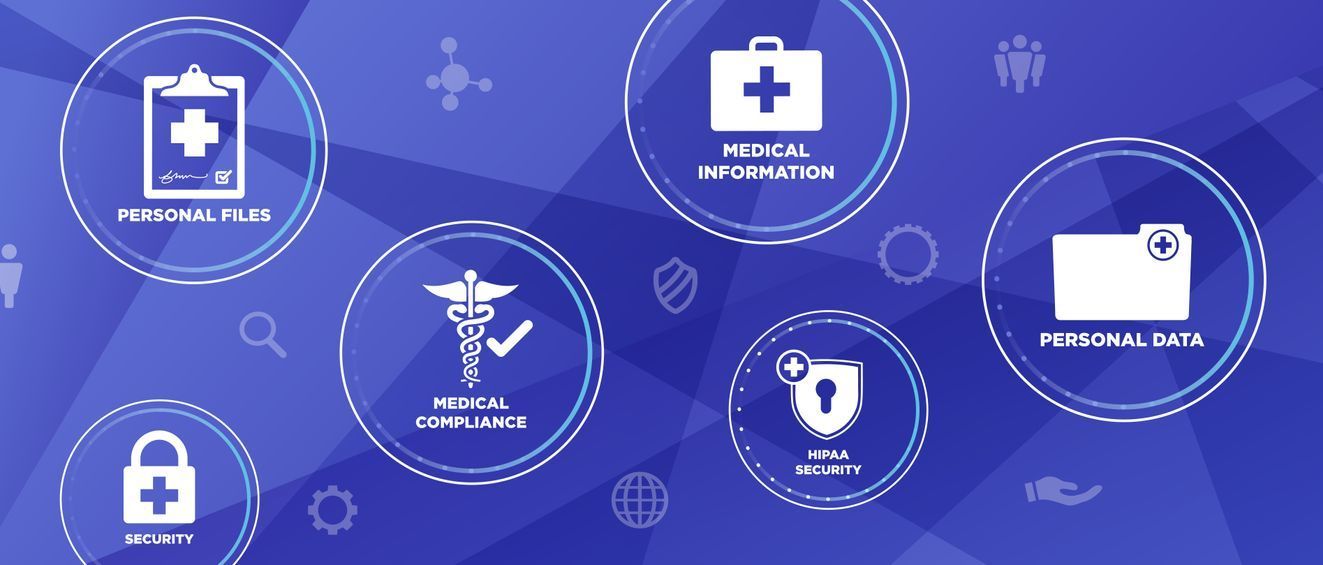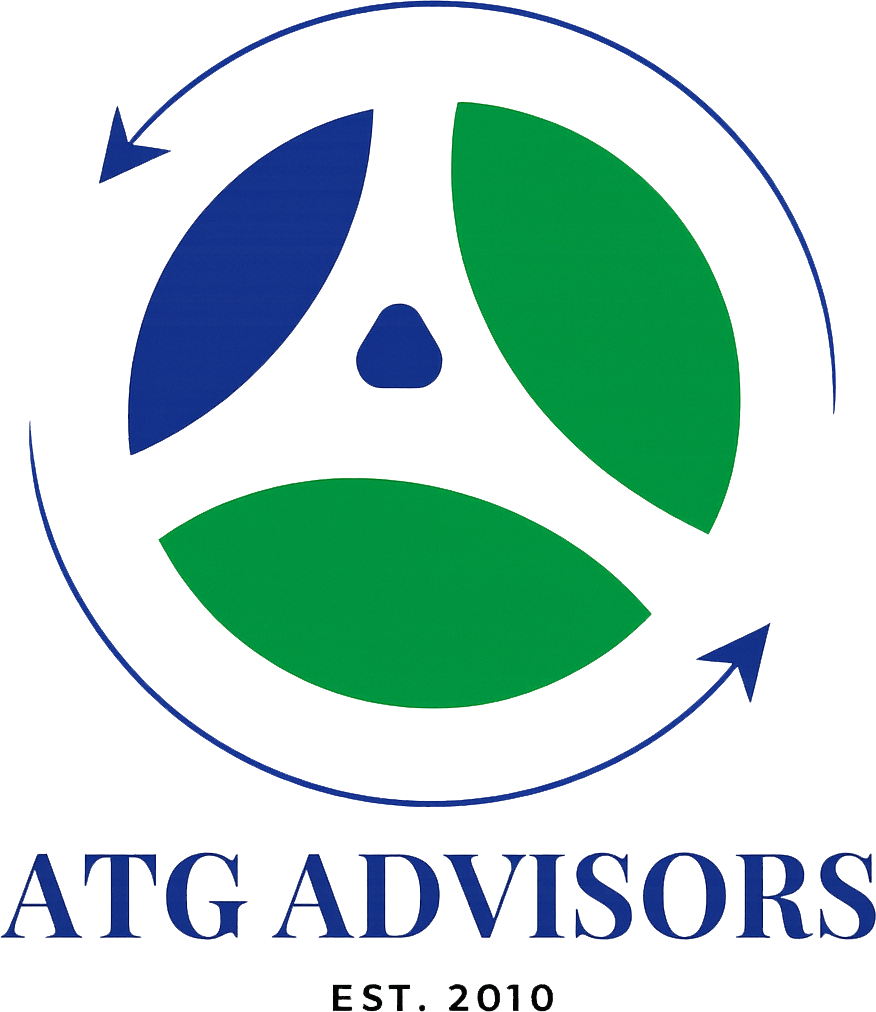Navigating Cybersecurity in the Age of Industrial Automation

Introduction
As automation and digital transformation accelerate across all sectors—including manufacturing, healthcare, finance, education, and government—cybersecurity has become a critical priority. With interconnected systems, IoT devices, cloud platforms, and data-sharing across networks, organizations face greater exposure to breaches, attacks, and operational disruptions. This blog explores the challenges and solutions for securing modern IT and OT environments and how ATG Advisors—alongside our strategic technology partners—helps organizations strengthen their cybersecurity posture, remain compliant, and build operational resilience.
The Rise of Automation and Digital Risk
Digital adoption is fueling efficiency, speed, and scalability. Whether it's smart manufacturing lines, financial systems running real-time analytics, or telehealth platforms transmitting patient data, automation is at the core. However, this interconnectivity widens the attack surface and introduces new types of risk.
From ransomware disabling hospitals and banks to phishing campaigns targeting universities and critical infrastructure, cyber threats have evolved rapidly. Outdated protocols, legacy software, and poorly segmented networks are common vulnerabilities.
ATG Advisors' Role: We conduct organizational cyber risk assessments across sectors and partner with strategic cybersecurity providers to implement tailored, sector-specific defenses. Our solution stack includes penetration testing, threat modeling, network access reviews, and security architecture redesigns where needed.
Common Cyber Threats Across Industries
- Ransomware Attacks: Encrypted networks in hospitals, municipalities, and retail operations have made headlines. These attacks often exploit open RDP ports or unpatched vulnerabilities.
- Phishing & Social Engineering: Employees are often the gateway to intrusions. Email spoofing, deceptive links, and impersonation tactics remain widespread.
- Cloud Misconfigurations: Improper setups expose sensitive client, financial, or health data. Missing encryption, unrestricted access permissions, or misaligned security groups are common causes.
- Insider Threats: Malicious or negligent behavior within organizations remains a major risk. Lack of role-based access and audit logging increases exposure.
- IoT Device Exploits: From security cameras to smart HVAC systems, connected devices are often entry points due to weak credentials or outdated firmware.
ATG Advisors’ Role: We provide cybersecurity audits that evaluate technical infrastructure and human factors, enabling clients to mitigate threats holistically. This includes remediation plans, active threat monitoring, and endpoint protection rollouts.
Bridging IT and Operational Security
In healthcare, smart devices monitor patients. In finance, AI automates fraud detection. In government, cloud systems store citizen data. In all cases, IT and operational systems converge. This fusion boosts performance, but introduces complexity.
Unified governance frameworks, access controls, and encrypted workflows are now essential.
ATG Advisors’ Role: We guide cross-functional teams to adopt cohesive cybersecurity strategies, breaking silos between IT, compliance, operations, and leadership. Our service includes designing unified security policies, implementing Secure Access Service Edge (SASE) frameworks, and conducting tabletop exercises to simulate attack scenarios.
Case Study: Ransomware in a Healthcare Network
A regional hospital system suffered a ransomware attack that disabled scheduling, email, and electronic medical records. Backup servers were infected due to improper segmentation. The attack lasted five days and affected patient care.
ATG Advisors’ Response: Brought in by the Board post-incident, ATG Advisors led forensic review, compliance coordination, and deployed segmented cloud backup solutions with our strategic technology partners. We trained staff, updated endpoint security, implemented network segmentation, and established a secure backup infrastructure with air-gapped capabilities.
Building a Cyber-Resilient Organization
To reduce exposure and respond swiftly, all businesses should:
- Conduct regular risk and vulnerability assessments
- Segment and encrypt sensitive data using AES-256 standards
- Apply consistent patching and endpoint protection with EDR/XDR tools
- Use MFA, conditional access, and device compliance policies
- Monitor environments with SIEM, SOAR, and automated alerting
ATG Advisors’ Role: We help design and oversee implementation of scalable, adaptive defense systems across various industries and compliance frameworks. This includes deploying zero trust network access (ZTNA), integrating Microsoft Defender or CrowdStrike platforms, and customizing dashboards to match executive reporting requirements.
Tools and Frameworks for Enterprise Cybersecurity
- NIST Cybersecurity Framework: Foundational guidance across sectors
- HIPAA Security Rule: Specific to healthcare
- GLBA and PCI DSS: For finance and e-commerce
- FERPA: For educational institutions
- Zero Trust Architecture: A universal, role-based access approach
ATG Advisors’ Role: We interpret and apply these frameworks in line with each client’s regulatory obligations and digital infrastructure. We also conduct gap assessments, update security documentation, and facilitate third-party audits.
Regulatory Compliance and Governance
Every industry faces its own compliance standards:
- Healthcare: HIPAA, HITECH
- Finance: GLBA, SOX, PCI DSS
- Education: FERPA, state data laws
- Government/Defense: NIST, CMMC
- Retail & E-commerce: GDPR, CCPA, PCI
ATG Advisors’ Role: We ensure readiness through document audits, internal training, control mapping, and external audit preparation. Additionally, we manage remediation timelines, draft cybersecurity policies, and assist with attestation readiness for certifications like CMMC or SOC 2.
Cybersecurity Awareness: People as the First Line of Defense
Cybersecurity is not just technical—it’s cultural. Employee awareness can reduce risk significantly.
ATG Advisors’ Role: We create training programs for staff, leadership, and IT teams to reinforce best practices, from password hygiene to incident response drills. We also facilitate phishing simulations, provide role-based cybersecurity e-learning modules, and conduct periodic knowledge checks.
Looking Ahead: Innovations and Preparedness
Emerging technologies shaping cybersecurity’s future include:
- AI-Driven Threat Detection
- Immutable Blockchain Logs
- Quantum-Resistant Encryption
- Regulatory Automation Platforms
- Cyber Insurance
ATG Advisors’ Role: We continuously evaluate new technologies and partner with innovative cybersecurity providers to introduce tested, compliant solutions to our clients. We also advise on cyber insurance policies, incident response planning, and security scoring methodologies for board-level reporting.
Conclusion
Whether you're a manufacturer, medical provider, school system, financial institution, or nonprofit, cybersecurity is now foundational to business continuity. As the threat landscape grows more complex, organizations need expert guidance and tailored defenses.
ATG Advisors brings industry insight and trusted implementation experience to every engagement. Backed by strategic technology partners, we provide cybersecurity strategies, compliance alignment, IT/OT integration, risk mitigation, and awareness training. Our mission is to protect your digital infrastructure—so you can focus on your mission with confidence.



